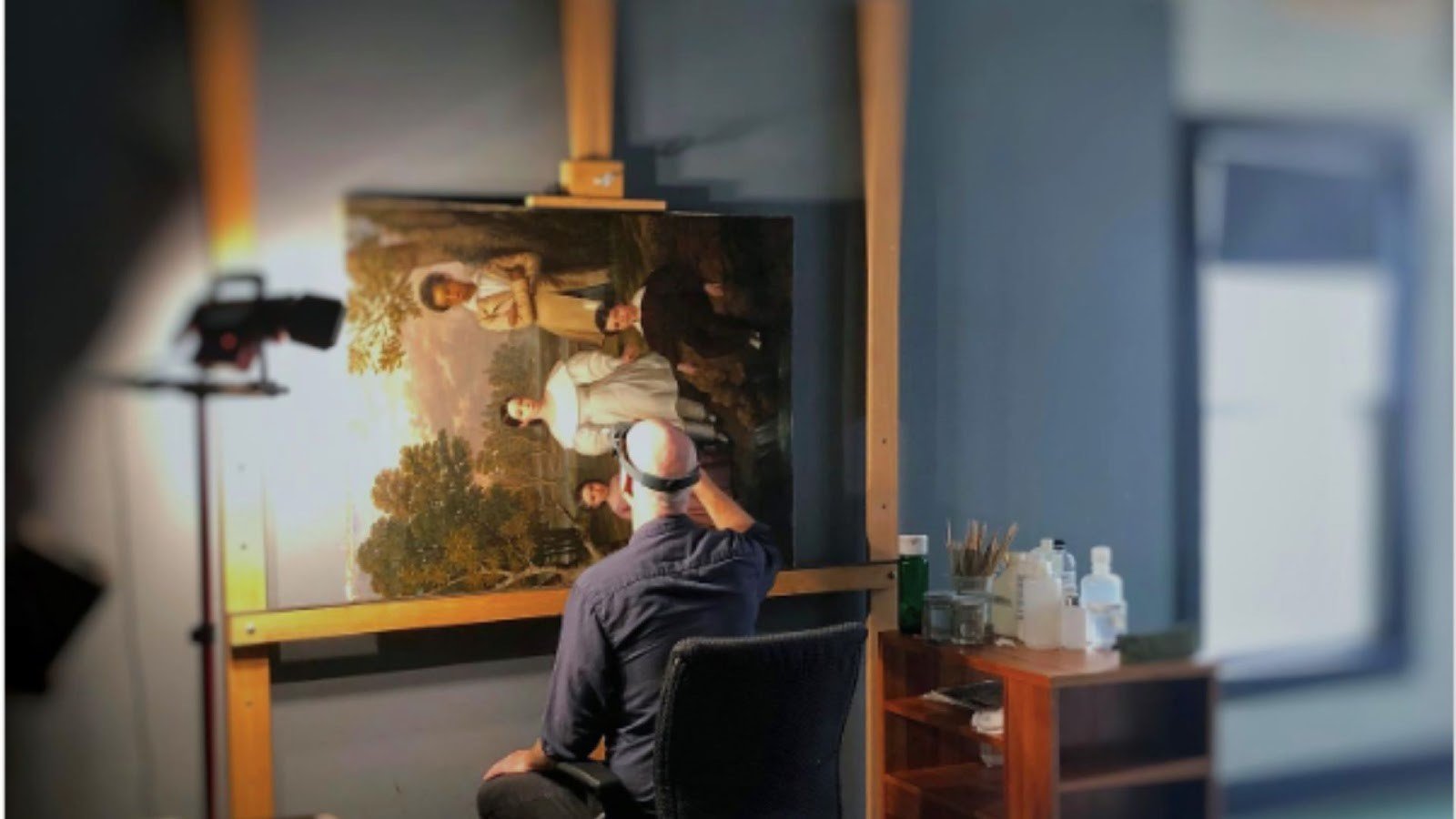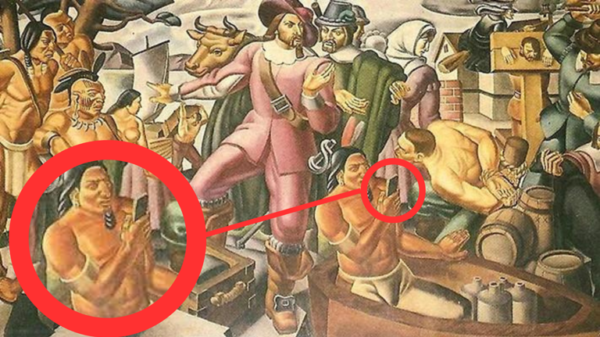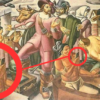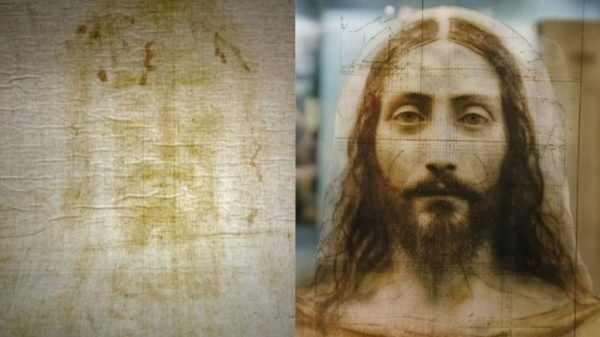A 19th-century portrait that had been altered to remove an enslaved teenager has been restored to its original state. The painting, titled “Bélizaire and the Frey Children,” is now scheduled to be displayed at the Metropolitan Museum of Art this fall after being hidden from public view for over half a century.
The portrait, attributed to Jacques Guillaume Lucien Amans and created in 1837, originally depicted the children of Frederick Frey, a wealthy banker from New Orleans’ French Quarter, along with a 15-year-old enslaved boy named Bélizaire.
The Frey family had reportedly purchased Bélizaire when he was just six years old. Surprisingly, the portrait suggested a level of intimacy between the children, indicating that Bélizaire might have been considered a valued member of the household, despite his enslaved status.
However, around the turn of the century, someone made the decision to paint over Bélizaire, effectively erasing him from the Frey family history and obscuring a rare, realistic depiction of an enslaved individual from that era.
The painting remained in the possession of the Frey family for over a century until 1972 when a descendant, Coralie D’Aunoy Frey, donated it to the New Orleans Museum of Art. She reportedly informed the museum about the erasure of Bélizaire, but the institution did not act on this information. Instead, the painting was stored away until 2005 when it was sold at a Christie’s New York auction for $7,200.
John Bullard, the museum director at the time, rationalized the decision to deaccession the painting by stating that it was not in an exhibitable condition and that the artist and children depicted were unknown at the time. However, he later admitted to the New York Times that, in hindsight, it was a mistake.
The journey to restore the painting began in 2005 when it was purchased by a Virginia-based antique collector. In 2021, the painting was acquired by Jeremy K. Simien, a Creole descendant and art collector based in Baton Rouge, for an undisclosed amount. It was under Simien’s ownership that the portrait was fully restored to its original conception.
The Metropolitan Museum of Art announced its acquisition of “Bélizaire and the Frey Children” earlier this month, highlighting its significance as one of the few documented American portraits featuring a black individual depicted with the family of their white enslaver.
Max Hollein, the Met’s Marina Kellen French Director and CEO, emphasized the painting’s immense historical and artistic significance and its role in telling profound stories of identity, place, memory, and erasure.
In an effort to connect with his heritage, Simien initiated a campaign to trace Bélizaire’s ancestry. Research revealed that Bélizaire survived the Frey children, living into the Civil War era. However, his fate after the capture of New Orleans by Union forces in 1862 remains a mystery.
The restored “Bélizaire and the Frey Children” will be on display at the Metropolitan Museum of Art this fall, serving as a powerful reminder of the complexities of history and the importance of restoring forgotten narratives.


















